10 Surprising Ways to Bond With Your Dog
by dogtoyadvisor | Last updated on November 18, 2020

This page may contain affiliate links, meaning we receive a commission if you purchase through our links, but this is at no additional cost to you.
Dogs love their humans, they live for them and would do just about anything to please them.
But sometimes it’s just not as straightforward as that.
Particularly if you’ve just gotten a new dog.
Or if you’ve rescued a dog who’s had a rough life before he was fortunate enough to cross paths with you.
Love Isn’t Necessarily Trust
It doesn’t take much for a dog to love his family, but trust is a completely different thing.
When we mean creating a bond with your dog, we mean having your dog trust you completely.
That bond is what makes your dog stay by your side or return to you, even when he’s off leash.
A bond is what makes him trust you enough to do things that he’s a bit scared to do, but will still do them as long as you’re by his side.
Things That May Affect Dog Bonding
Here’s a few factors that can affect how easy it is for your dog to bond with you.
While some are easily workable, others may take some time.
And remember, much like humans (and Mr. Darcy), your dog’s “good opinion once lost, is lost forever”.
Meaning that it takes time to build trust but only a moment to lose it.
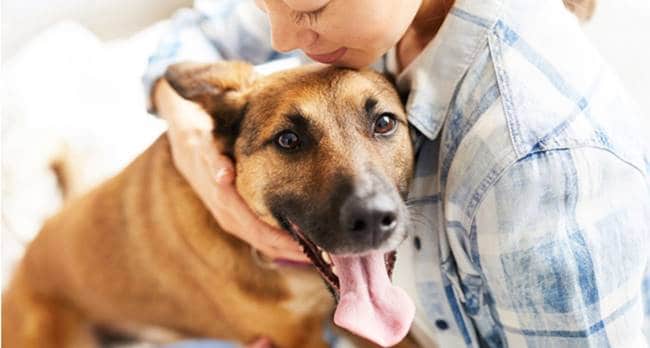
Your dog’s age may be an issue. If you’ve adopted an older pet, first let us say you’re an absolute hero!
But it may also mean it will take some time for your dog, who is already set in his ways and has probably bonded with someone before, to pledge his allegiance to you.
It’s not impossible (and never underestimate the power of gratitude), but it will take a bit longer than with a puppy.
Your training methods may also hinder your bonding efforts. Fear is never a good way to get your dog to do what you want. Likewise, punishment is never a good way to let your dog know what you expect from him.
If your dog is afraid of you, he may do what you want but he’ll never trust you.
Your dog’s breed may also dictate how close your dog wants to be, because some breeds are a bit more independent than others.
Last but not least, consider your dog’s personal history when considering your efforts to bond with him. Like we’ve mentioned, traumas, abuse neglect or simple lack of socialization can make your job much harder.
But never impossible.
10 Ways to Create a Deeper Bond With Your Dog
If you’re struggling to bond with your dog, we’re here to help!
We’ve got the best tips to make your job easier and make sure you and your dog share a unique bond of trust and love that will make it all worth while.
Are you ready? Let’s do this!
1 – Communicate Clearly
Mixed signals make dogs insecure and anxious.
They want to please you but don’t really know what you’re asking them to do.
So they get frazzled.
Be very consistent in the commands and gestures you use to communicate with your dog.
If your dog understands you, he’ll trust himself and you more.
Plus he’ll feel more relaxed and happy overall, because he knows what to do to make please you.
2 – Touch Your Dog Often
Pleasant physical contact is the best way to get your dog to feel at ease with you.
If you’re trying to bond with a new dog, he’ll be naturally nervous, so grooming or petting will help him feel better.
When we got our first dog, he was a very bad case of abuse and neglect and he would hide from us often.
The one thing he would allow us to do that would actually relax him, was brush him.
Not all brushes are created equal, you’ll want one that is soothing to them.
For our dogs, we’ve used many different brushes but this is by far their favorite.
3 – Train Your Dog
Dog training is known as one of the best ways to bond with your dog.
It’s one-on-one time, where you’re both totally focused on each other.
Plus, as he learns to obey you and follow your lead, he learns to trust you.
And, as he meets your expectations and sees how happy you are with that, he’ll feel more confident as well as stimulated physically and mentally.
And, don’t forget, having a trained, well-behaved dog prevent frustration and anger because he’s much more likely not to do things you don’t want him to.
But remember, only use positive reinforcement training e never lash out when your dog doesn’t do as well as you hoped.
Trust, never fear.
4 – Play With Your Dog
Playtime!
Playing with your dog also helps strengthen your bond.
Dogs love playing and love spending time with you so, naturally, it’s the perfect time for them!
It’s particularly useful if your dog is still a bit unsure of what to think of you, convincing him to play with you is a very positive first step!
One of the first ways we got Dobby to play with us was playing Tug of War.
It’s something you can do indoors and it involves direct contact between you and your dog without it getting scary.
To this day, tug of war is a favorite in our home.
Related: 15 Fun Games to Play With Your Dog
5 – Learn About Canine Behavior and Body Language
Dogs are always communicating with us, one way or another.
Not being able to understand what he’s trying to convey can really damage your relationship.
By understanding how dogs think and behave and learn their body language allows you to know what your dog is feeling, how he reacts to things and when he’s having a bad time with something.
When your dog looks to you for protection/comfort, identifying that need and meeting it is what will make your dog trust you.
6 – Praise Your Dog Often
Much like humans, dogs love to see their good deeds acknowledged.
It’s something we do often when they’re still learning, but we often forget to do it after that initial phase and we really shouldn’t.
Dogs love to know they please you, that they’re doing the right thing.
As far as bonding goes, it’s good for dogs to still see you as someone to please, someone that pays attention to what they do, as their leader, if you will.
7 – Spend as Much Time With Your Dog as You Can
Nothing strengthens a bond between a human and a dog like making your dog a part of your life.
And by that we mean, spend as much time as you can with him
Yes, we all lead busy lives and it’s not always possible to take our dogs with us, but are you sure you’re spending as much time with your dog as you can?
For example, dogs love to go on car rides (well, some get very nauseated, but most do). Do you take your dog with you when you go for a nice ride?
If you don’t because you worry about all the dirt he’ll leave in your seats, don’t!
Nowadays, you’ll find all sorts of protections for your car, so you can take your dog with you every time you go for a ride.
Do you take your dog to the beach? Maybe the lake or your own backyard swimming pool?
If your dog loves water like ours, why not spend a lovely afternoon with your best friend swimming and playing in the water?
Afraid he’ll get tired or struggles to swim? We were too until we found this!
8 – Be Patient With Your Dog
Being patient is key when trying to bond with a new dog.
Not all dogs are the same and even if you’ve had 10 dogs and they all took the exact same time to bond with you, it doesn’t mean the 11th will too.
Some dogs take longer to bond with their humans than others and you shouldn’t take it personally.
Keep calm and positive and let your dog know you’ll wait for him to trust you for as long as it takes.
9 – Create a Routine Your Dog Can Count On
Dogs thrive on routines.
To know what to expect is important for a dog, so creating a routine is an important way to help your new dog settle.
If your dog learns to expect being fed at a certain hour, going on walks at a specific timing or at what time of day he’ll be going out for a bit of play and exercise, it will add to his trust because he’ll know he can count on you for it.
It’s also a big deal in helping your dog adjust to his new life with you.
10 – Hand Feed Your Dog
This is something that works particularly well with shy or traumatized dogs.
Hand feeding your dog will teach him to trust you.
You’re providing him with the most important thing in his life: food.
If your dog is on a wet food diet, you can also do it with treats, the effect is essentially the same: your dog seeing your hand feeding him and trusting that only good things come out of it.
Recommending Reading:



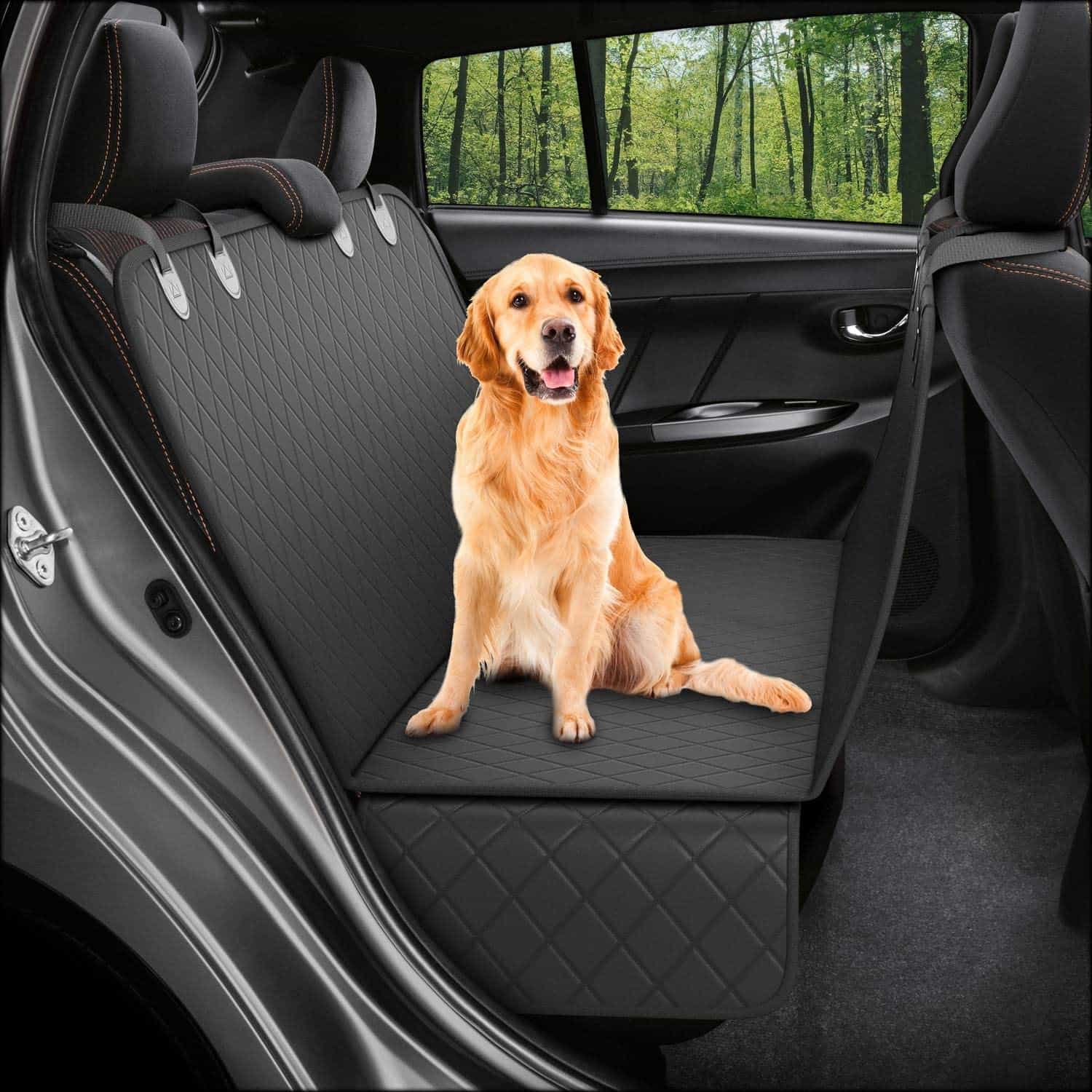
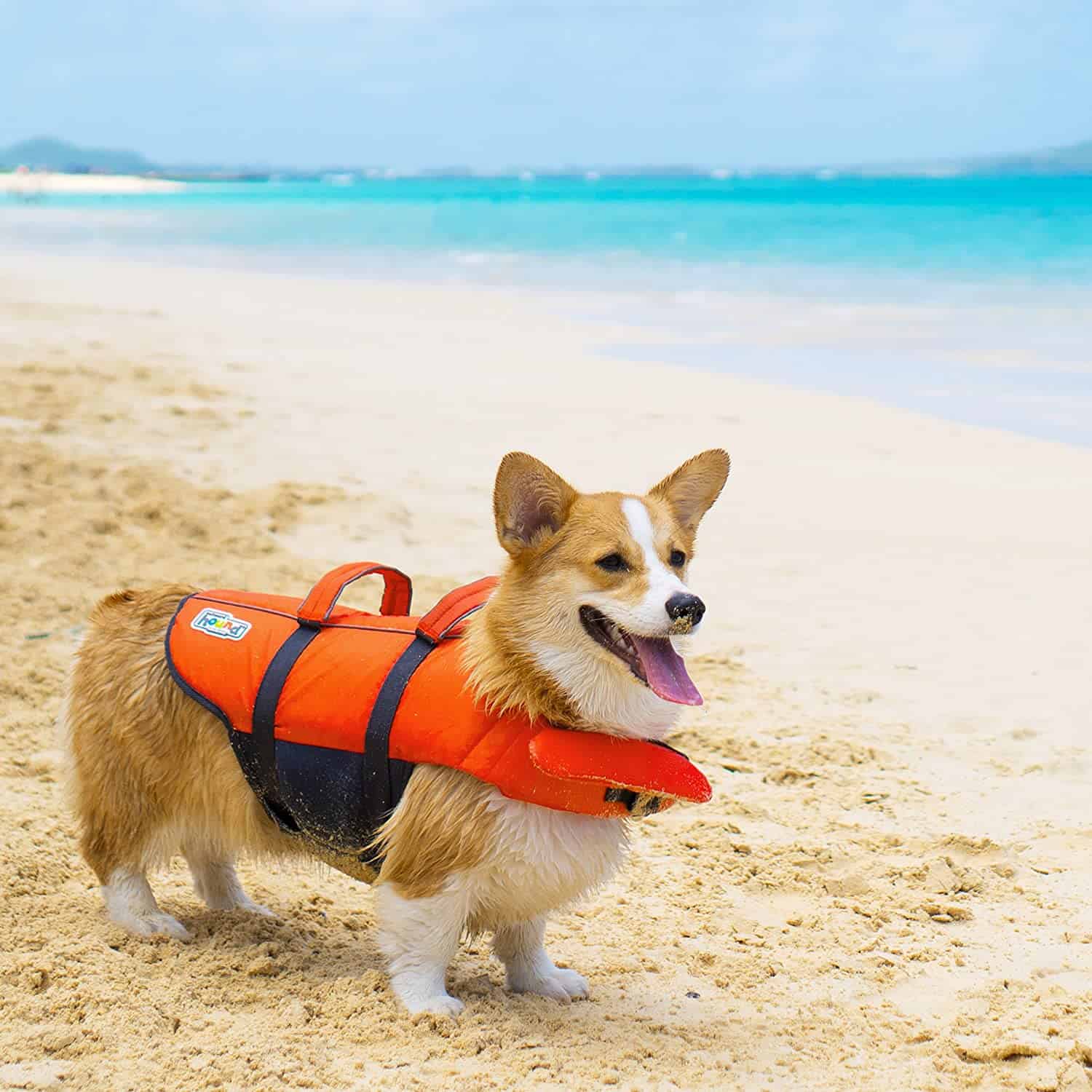
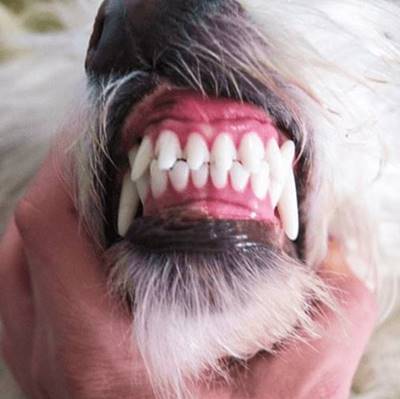
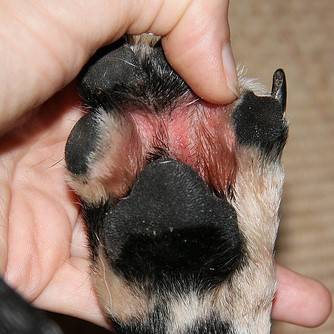

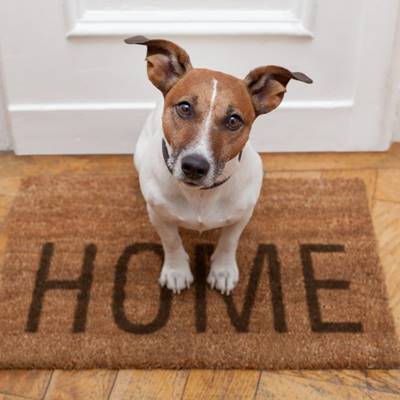
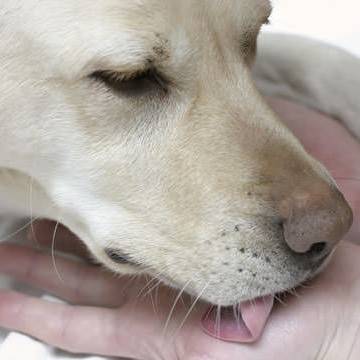
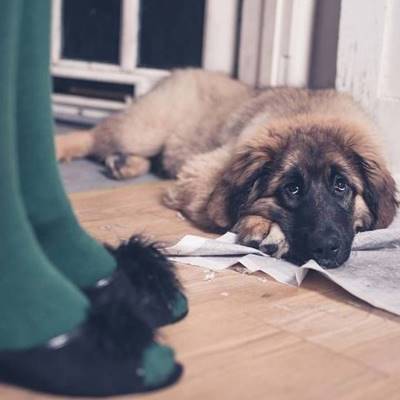

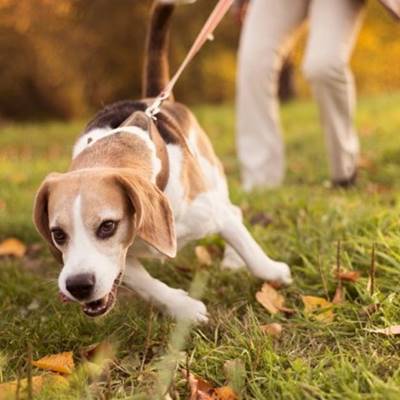
I have a beautiful Labrador puppy. He’s five a n half months old. My main problem with him is keeping him out of the litter box. Any suggestions?
Hi Vanne.
That can be a real problem, one we’ve faced ourselves multiple times.
For our Jack Russel, there was a time we needed to fence in the litter box with just the smallest gap to make sure the cats could go in but he couldn’t. Which was hard, because a Jack Russel is practically the same size as a cat.
You need to create obstacles, things he fears or can’t go around to stop him from going there.
Is the litter box open or hooded? Hooded litter boxes are easier to protect, all you need is something in the front a cat can get under but a lab puppy can’t.
Let us know how it went! Good luck!
Block the cat pan with a gate that has the little door that the cat can get thru but the dog can’t
why not put the litter box on a table or somewhere higher?
Hi Peggy.
That can work, as long as the cats accept it. Most cats are lazy and, it’s too much trouble going to the litter box, they’ll just do their business somewhere else heheeh.
Sandy
Hello I have a 14 week old Coton that bites incessantly our hands, feet, clothes, face everything unless she’s eating something & she had all types of teething & puppy Chews? Help please?
Hi Deby.
Congrats on the new family member.
At that age, they want to bite just about anything but it’s not too early to start letting them know that’s not okay.
We actually wrote an article on that, hopefully it will be able to help you: https://dogtoyadvisor.com/train-your-dog-not-to-bite/
Let us know how it went!
Thank you,
Sandy